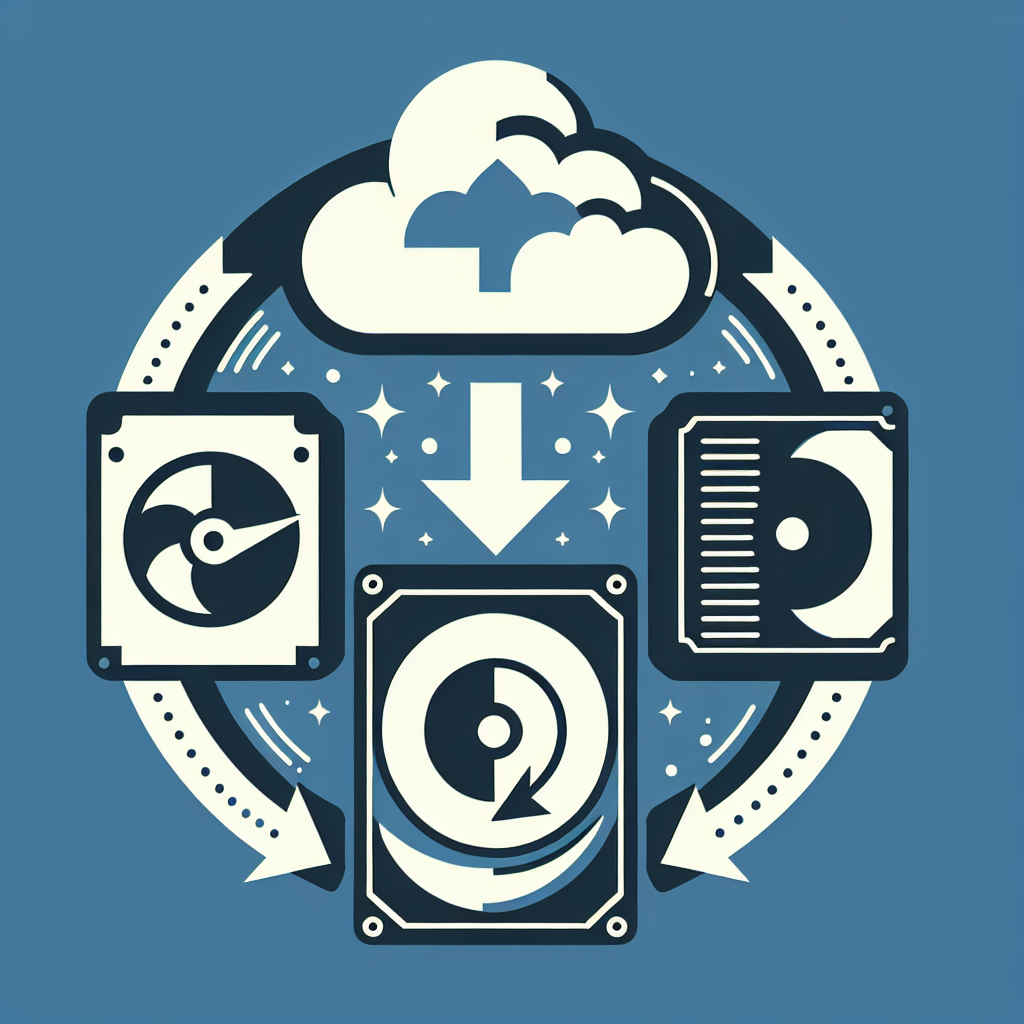In today’s digital age, data is one of the most valuable assets for businesses and individuals alike. Whether it’s important documents, financial records, or cherished memories, losing data can be devastating. That’s why it’s crucial to have a reliable data backup and recovery solution in place.
Data backup is the process of creating copies of your data and storing them in a secure location. This ensures that if your original data is lost, corrupted, or compromised, you can easily restore it from the backup. Data recovery, on the other hand, is the process of retrieving and restoring lost or damaged data from backups.
There are several data backup and recovery solutions available, each with its own strengths and weaknesses. Here’s a guide to some of the most popular options:
1. External hard drives: External hard drives are a simple and cost-effective way to back up your data. You can easily connect them to your computer and copy your files onto them. However, external hard drives are susceptible to physical damage and theft, so it’s important to keep them in a secure location.
2. Cloud storage: Cloud storage services like Dropbox, Google Drive, and iCloud offer a convenient way to back up your data online. Your files are stored on remote servers, so you can access them from any device with an internet connection. Cloud storage is secure, scalable, and easy to use, but it can be expensive for large amounts of data.
3. Network-attached storage (NAS): NAS devices are dedicated storage devices that connect to your network and allow multiple users to access and back up their data. NAS devices offer high storage capacity, data redundancy, and remote access capabilities. However, they can be complex to set up and maintain.
4. Backup software: Backup software automates the process of backing up your data and provides features like scheduling, encryption, and versioning. Popular backup software options include Acronis True Image, EaseUS Todo Backup, and Carbonite. Backup software is easy to use and can be customized to meet your specific needs.
5. Disaster recovery services: Disaster recovery services offer comprehensive data backup and recovery solutions that protect your data from natural disasters, cyberattacks, and hardware failures. These services typically include backup, storage, and recovery capabilities, as well as 24/7 support and monitoring. Disaster recovery services can be expensive, but they provide peace of mind knowing that your data is safe and secure.
No matter which data backup and recovery solution you choose, it’s important to regularly back up your data and test your backups to ensure they are working properly. Remember, it’s not a matter of if your data will be lost, but when. By taking proactive steps to protect your data, you can avoid the devastating consequences of data loss and ensure that your information is always safe and secure.


Leave a Reply